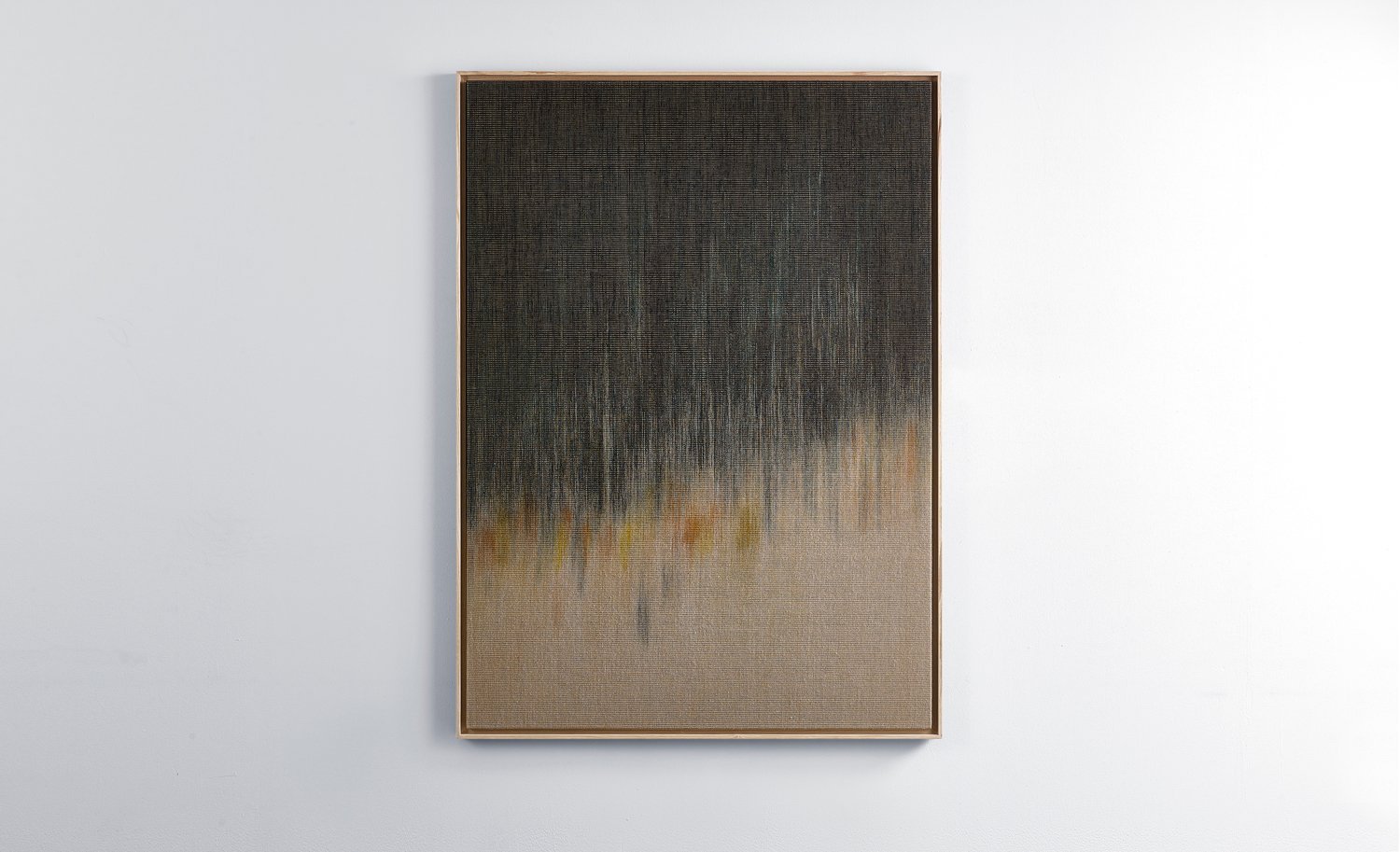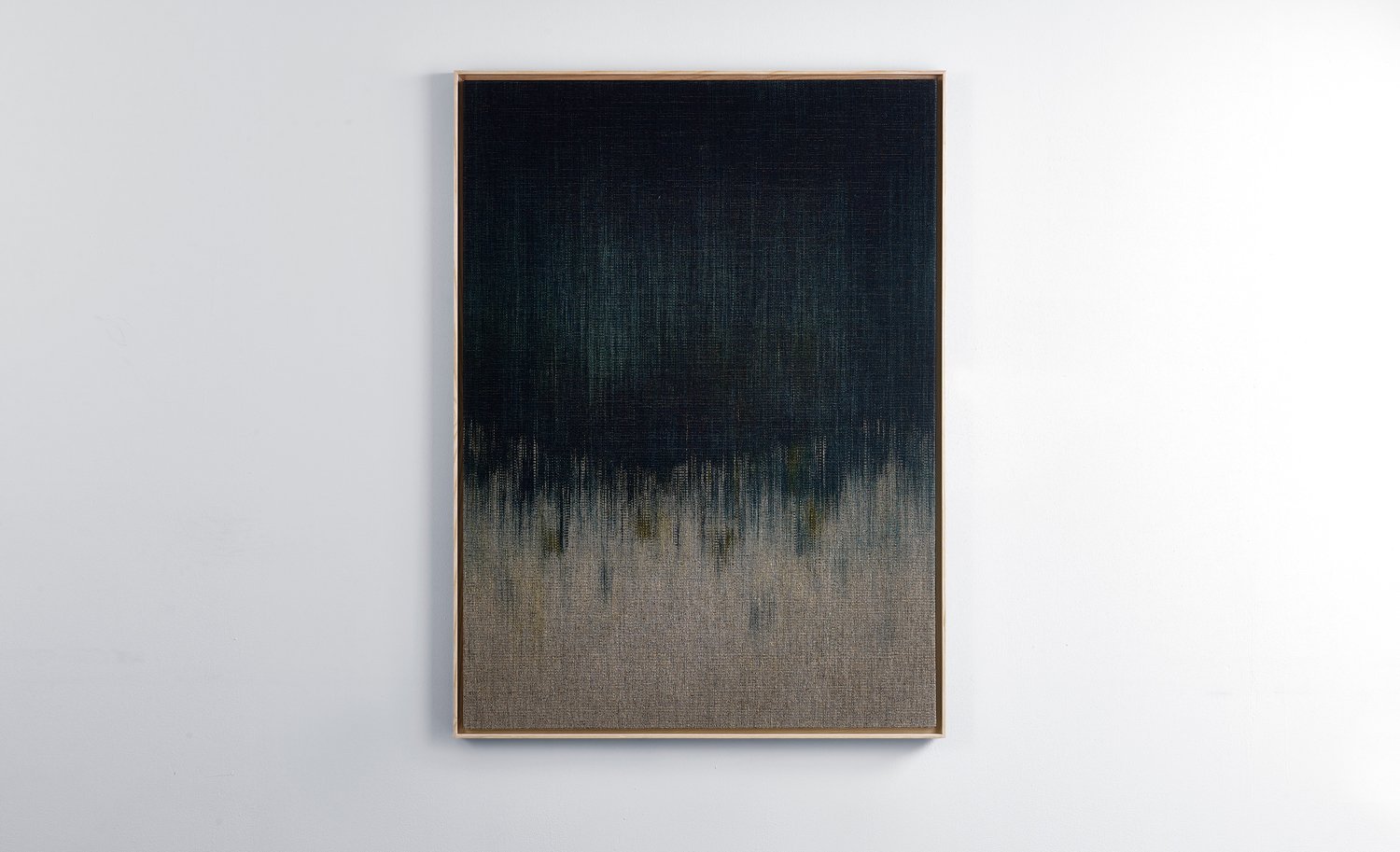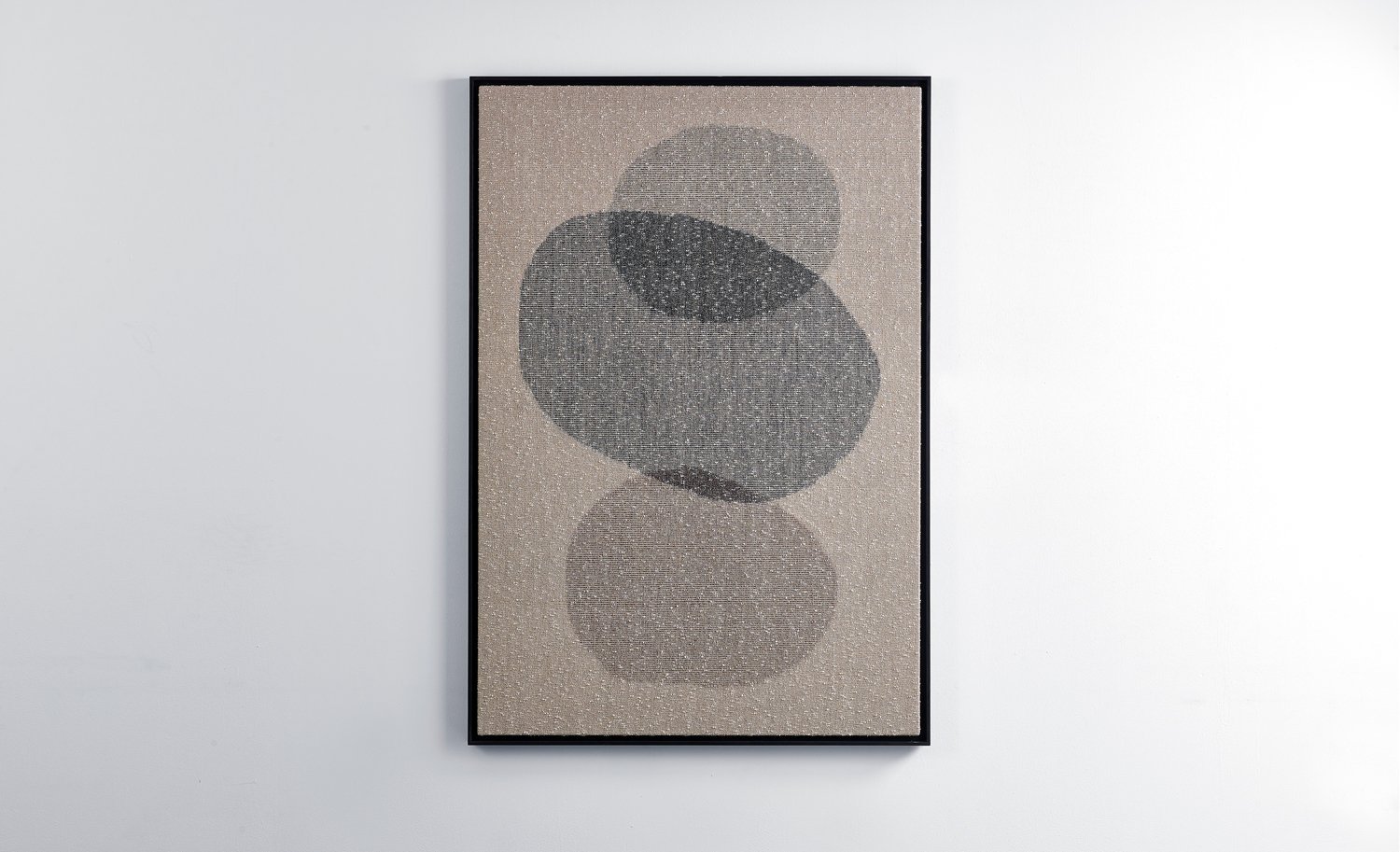Line Nilsen - Weaving the Arctic
Line Nilsen - Weaving the Arctic
Exhibition Preview: 6-10pm, Friday 7 July (no booking required, all welcome)
BEAM Nottingham
7 July –12 August 2023
Thursday–Saturday, 9am–5pm
or by appointment
Beam is delighted to present the first solo show of the Norwegian artist, designer and weaver, Line Nilsen. Following in the footsteps of the great Bauhaus artists Anni Albers and Otti Berger, Nilsen’s practice effortlessly shifts between art and design expressed through the ancient craft of weaving.
Highly skilled in weaving on a hand loom, Nilsen’s work is grounded in subtly complex and innovative weaves that use a variety of yarns including linen, cotton, wool and silk. Her processes include dying sections of yarn to create transitions of colours along the length of the threads and ‘painting’ the warp (the vertical threads on the loom) with dyes during the weaving process.
light and texture is formed both on the surface of the canvas like a painting and within the weave itself positioning the work somewhere between painting and weaving. The delicate textures of the weaves offer a tactile quality to the work too.
Nilsen grew up in the town of Kirkenes in North Eastern Norway, a town close to the Russian and Finnish border within the Arctic Circle. The perception and experience of the landscape around Kirkenes is shaped by the extreme presence of light in the summer and its absence in the winter. The essence of this highly atmospheric and ethereal landscape which is also synonymous with the Aurora Borealis (or Northern Lights) is captured in Nilsens canvases.
Nilsen’s work can also be related to American ‘Colour Field’ painting of the 1950s. Nilsen’s ephemeral use of colour reflects the atmospheric qualities of the paintings of Mark Rothko and the light weight materiality of the Nilsen's work echoes Morris Louis's canvases where thin layers of acrylic paint soaked into untreated canvases.
Nilsen’s handwoven canvases are hugely time intensive works that require many hours of repetitive actions and careful detailed observation throughout the process. Hand weaving on looms dates back to the 5th Millenium BC and the fundamental principles of the craft have remained the same to this day. Perhaps the practice of hand weaving occupies a unique space in the contemporary world as this ancient craft acts as a mindful and meditative counterpoint to a fast moving digital world.



